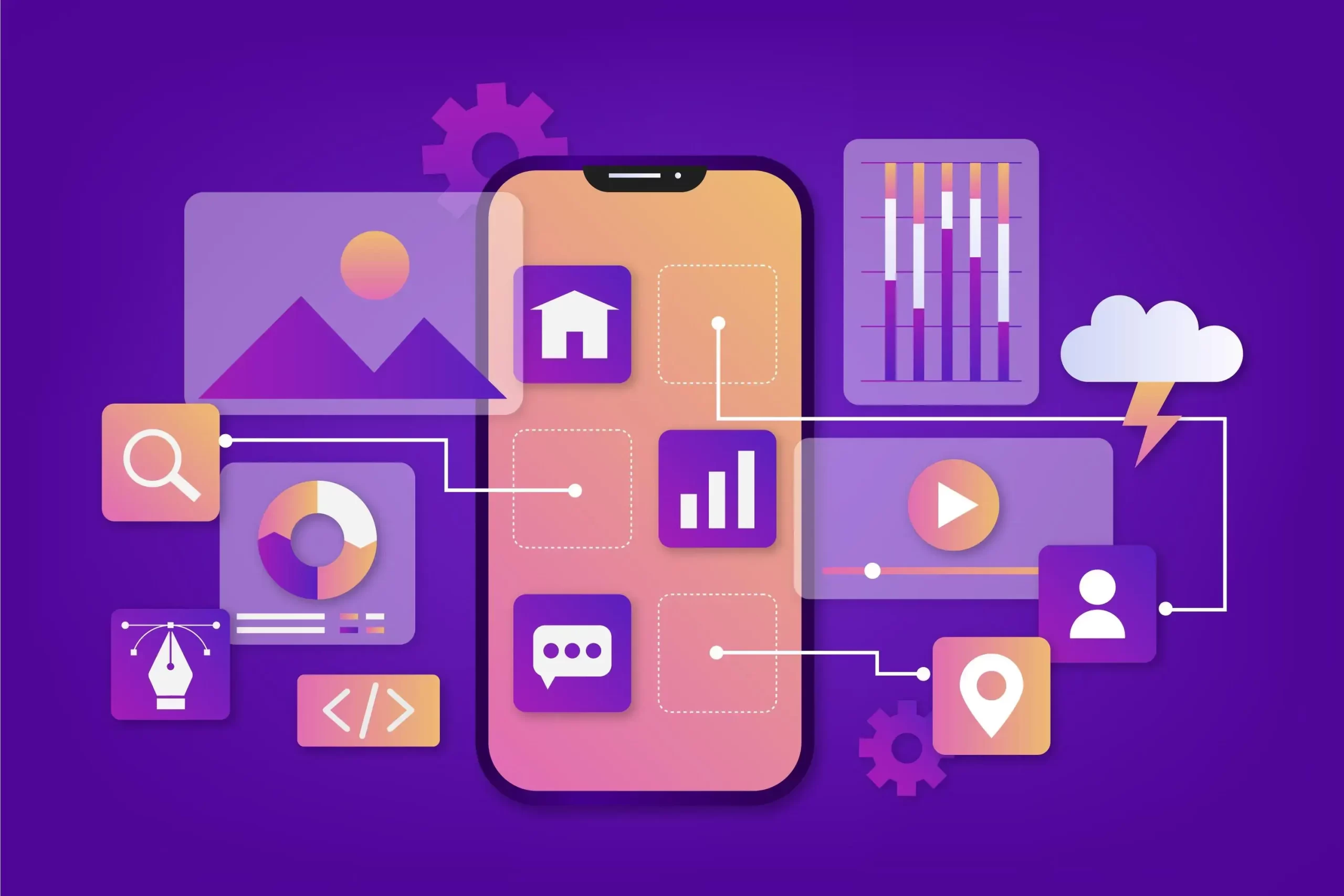The development of mobile applications has become increasingly important in recent years, as more and more people rely on smartphones for their daily tasks. Businesses are now leveraging mobile app development as a way to engage with their customers, increase their brand awareness, and generate revenue. However, when it comes to developing mobile applications, there are two main approaches: Native and Hybrid. In this blog, we will explore the pros and cons of both Native and Hybrid app development.
Native App Development:
Native app development involves building an application for a specific platform using the platform’s native programming language. For example, iOS apps are developed in Swift or Objective-C, while Android apps are developed in Java or Kotlin. Below are some advantages and disadvantages of developing native apps.
Pros:
- Performance: Native apps are built specifically for a particular platform and are optimized for performance. This means that they can take full advantage of the device’s hardware, which results in faster processing times, smoother animations, and better overall performance.
- User Experience: Native apps provide a better user experience, as they are designed to conform to the platform’s user interface guidelines. This makes it easier for users to navigate the app and find what they need quickly.
- Access to Platform-Specific Features: Native apps have access to all of the platform-specific features such as the camera, GPS, and microphone, which means that developers can create more innovative and engaging apps.
Cons:
- Development Cost: Native app development can be expensive, as it requires developers to build separate apps for each platform. This can increase the development time and cost.
- Maintenance: Because native apps are built using platform-specific code, they require regular maintenance and updates to ensure they continue to work correctly.
- Longer Development Time: Developing a native app takes longer than developing a hybrid app, as developers must build separate apps for each platform.
Hybrid App Development:
Hybrid app development involves building an application using web technologies such as HTML, CSS, and JavaScript, and then wrapping it in a native shell that allows it to be deployed on multiple platforms. Here are some of the pros and cons of hybrid app development.
Pros:
- Cross-Platform Development: Hybrid apps can be deployed on multiple platforms using a single codebase, which makes it easier and more cost-effective to develop apps for multiple platforms.
- Faster Development Time: Hybrid app development is faster than native app development, as developers only need to write one codebase.
- Lower Development Cost: Because developers only need to write one codebase, hybrid app development is generally less expensive than native app development.
Cons:
- Performance: Hybrid apps are not as fast or responsive as native apps, as they are not optimized for a specific platform.
- User Experience: Because hybrid apps must be designed to work on multiple platforms, they may not provide the same level of user experience as native apps.
- Limited Access to Platform-Specific Features: Hybrid apps do not have access to all of the platform-specific features, which means that developers cannot take full advantage of the device’s hardware.
Conclusion:
In conclusion, the choice between native and hybrid app development ultimately depends on the specific needs of the app and the budget available for development. If performance, user experience, and access to platform-specific features are crucial, then native app development may be the best choice. However, if cost, development time, and cross-platform compatibility are the priority, then hybrid app development may be the better option. Regardless of the approach taken, it is essential to ensure that the app is user-friendly, reliable, and meets the needs of its target audience.











